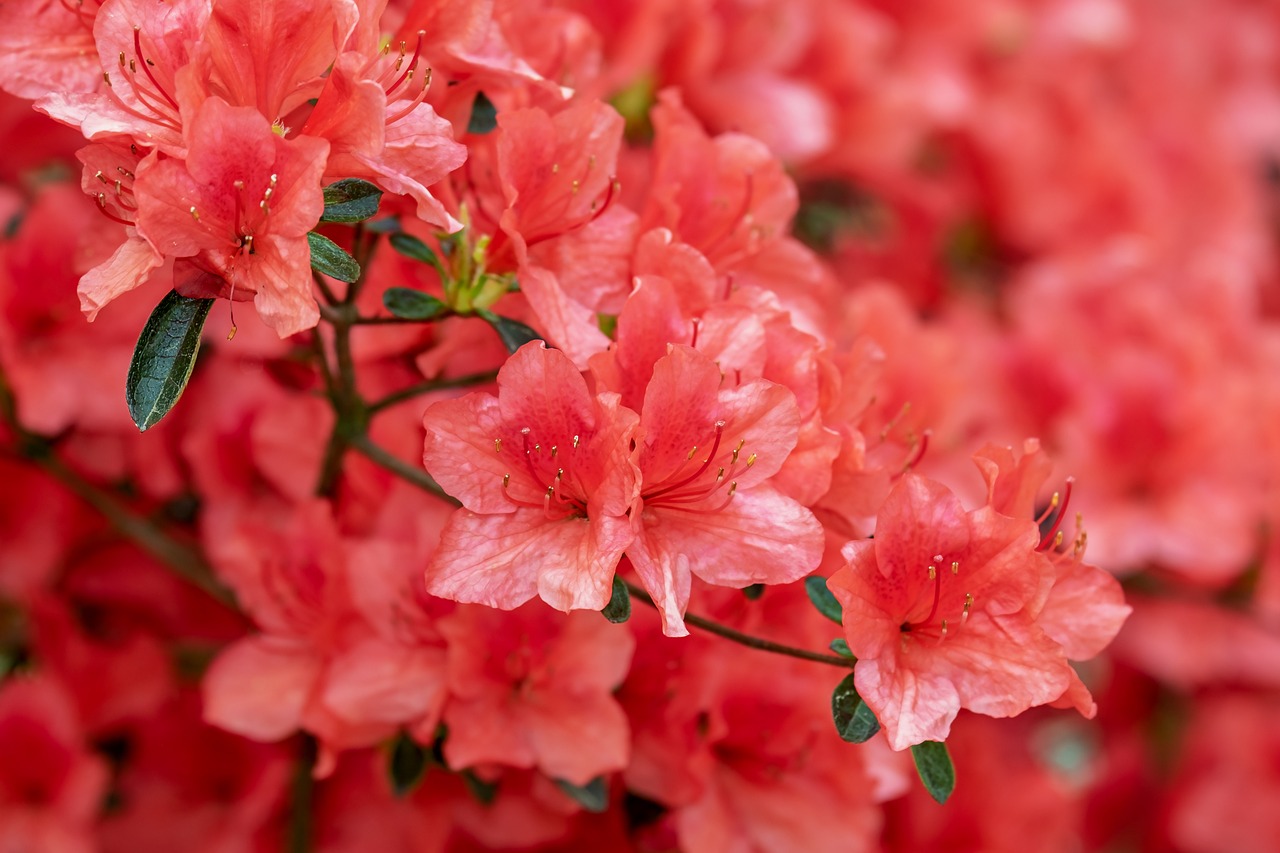
Rhododendron and Planting: A Symphony of Colors in Your Garden
Introduction
Nestled in the enchanting world of gardening is the resplendent Rhododendron, a flowering shrub renowned for its vibrant hues and diverse species. As we embark on the journey of cultivating these botanical wonders, we’ll explore the intricacies of proper planting techniques. Brace yourself for a horticultural adventure where nature’s palette meets the art of cultivation.
The Allure of Rhododendrons
Rhododendrons, with their captivating blooms ranging from soft pinks to deep purples, have secured their place as garden favorites. Their allure extends beyond visual appeal; it lies in the versatility of species that can thrive in various climates and soil conditions. Whether adorning a cottage garden or nestled in a woodland setting, Rhododendrons bring an unmistakable charm to any landscape.
Choosing the Right Variety
The first step in our planting expedition is the careful selection of Rhododendron varieties. Consider the local climate, soil conditions, and the ultimate size of the plants. This ensures a harmonious integration into your garden landscape, making the most of each species’ unique characteristics.
Preparing the Soil
A successful gardening endeavor begins with the soil. Rhododendrons thrive in well-draining, acidic soil. To set the stage for robust growth, amend the soil with organic matter and ensure the pH level falls within the ideal range. This foundational step fosters healthy root development and primes the plants for a flourishing future.
Planting Location Matters
Strategic placement of Rhododendrons is paramount to their well-being. Opt for spots that provide filtered sunlight, shielding the plants from the harsh midday sun. Equally crucial is avoiding areas prone to waterlogging, as Rhododendrons prefer soil that drains well. These considerations lay the groundwork for a thriving garden spectacle.
Digging the Perfect Hole
Planting day arrives, and the spotlight is on creating the perfect hole. Dig one that is twice as wide as the Rhododendron’s root ball and just as deep. This generous space allows the roots to spread and establish a sturdy foundation. Remember, meticulous planning at this stage ensures a seamless performance in the seasons to come.
Adding a Touch of Nutrition
To give your Rhododendrons a star-studded start, incorporate a balanced fertilizer into the planting hole. Follow up with regular feeding during the growing season, adhering to recommended schedules for your chosen variety. This nutritional boost ensures a steady supply of essential elements for optimal growth and blossoming.
Watering Wisdom
Mastering the delicate dance of watering is key to Rhododendron care. These plants prefer consistently moist but not waterlogged soil. Water deeply and regularly, especially during dry spells, ensuring the soil never dries out completely. Balancing hydration is the secret to keeping your Rhodododrons in top form.
Mulching for Success
As we add the finishing touches to our planting symphony, mulching takes center stage. Apply a layer of organic mulch around the base of the plant to retain moisture, suppress weeds, and regulate soil temperature. Opt for materials like pine bark or straw that complement the Rhododendron’s love for acidic conditions.
Protecting Against Pests and Diseases
No garden is immune to pests and diseases, and Rhododendrons are no exception. Keep a vigilant eye for common issues such as lace bugs and powdery mildew. Employ preventive measures, using options like neem oil or insecticidal soap, to safeguard your plants without compromising the environment.
Blooming and Pruning
The crescendo of our gardening symphony arrives with the spectacular blooms of Rhododendrons. Understand the blooming cycle of your chosen variety to anticipate when to expect this visual spectacle. Post-flowering, engage in the art of pruning to shape the plant and encourage new growth, ensuring a harmonious aesthetic in your garden.
Seasonal Care Guidelines
As seasons change, so do the needs of your Rhododendrons. Provide winter protection by covering plants with burlap in colder regions. In summer, shield them from the scorching sun and ensure they receive adequate hydration. These simple yet crucial steps contribute to the overall health and longevity of your Rhodododrons.
Celebrating Success: Full Bloom
The ultimate reward for your meticulous care is witnessing your Rhododendrons in full bloom. As the garden transforms into a canvas of colors, take a moment to savor the success of your efforts. Share these moments with fellow gardeners, and let the beauty you’ve helped blossom become a source of inspiration.
Conclusion
In the rich tapestry of gardening, Rhododendrons add not just color but a sense of wonder. As you’ve followed the steps outlined in this guide, you’ve not only planted a garden but nurtured a thriving ecosystem. Embrace the joy of watching your Rhododendrons flourish, for the beauty of nature is a collaborative dance between the earth and the hands that tend to it.
FAQs
- How often should I water my Rhododendrons?
- Water deeply and regularly, ensuring the soil is consistently moist but not waterlogged.
- Can Rhododendrons tolerate direct sunlight?
- While they prefer filtered sunlight, certain varieties can tolerate morning sun. Avoid exposure to harsh midday sun.
- When is the best time to prune Rhododendrons?
- Prune after flowering to shape the plant and encourage new growth. Be mindful not to remove next season’s buds.
- What is the ideal pH range for Rhododendron soil?
- Rhododendrons thrive in acidic soil with a pH range of 4.5 to 6.0.
- How do I protect Rhododendrons during winter?
- In colder regions, provide winter protection by covering plants with burlap to shield them from harsh weather conditions.